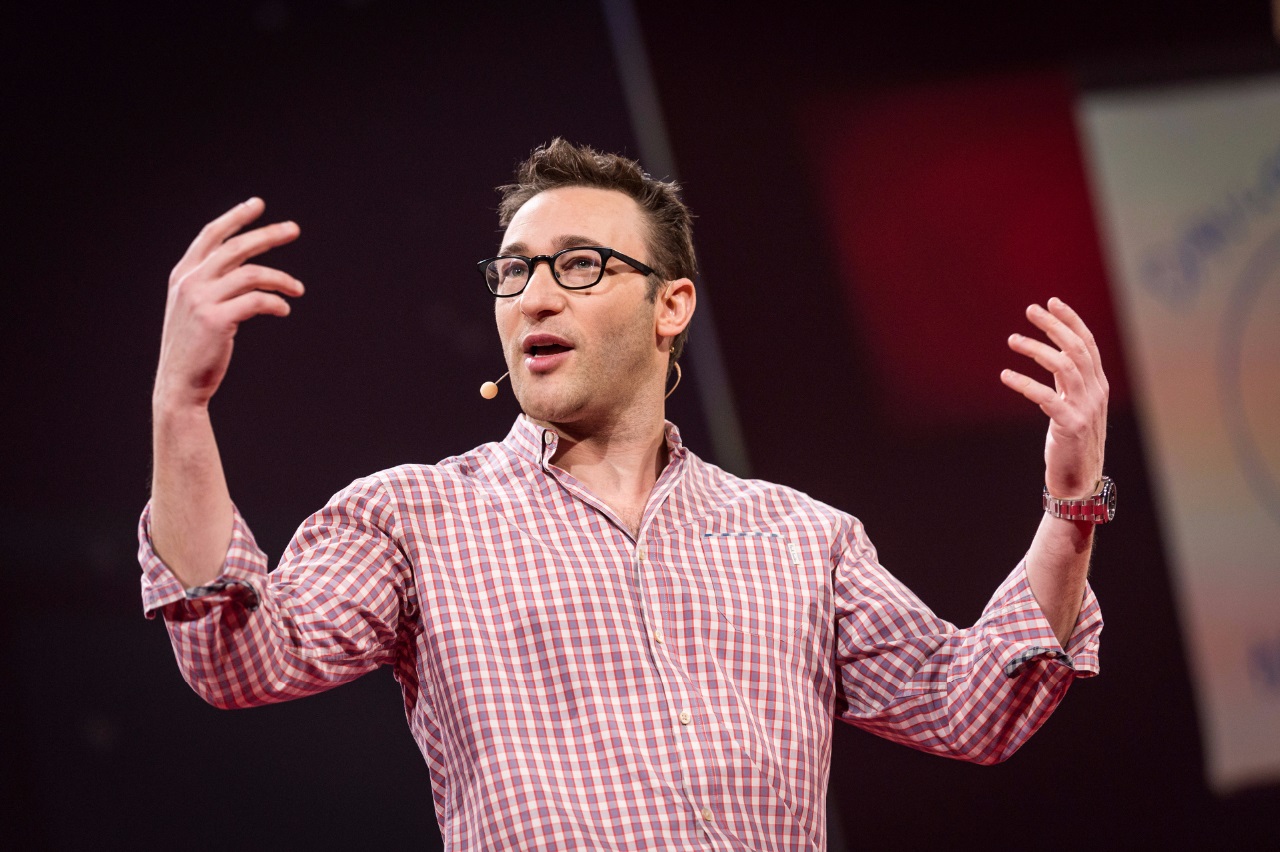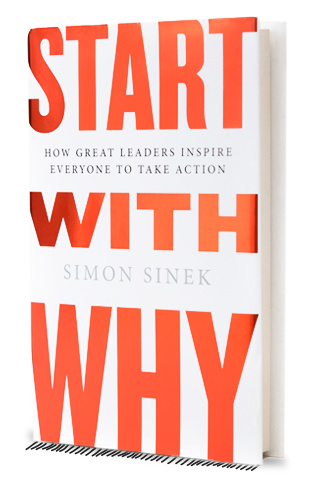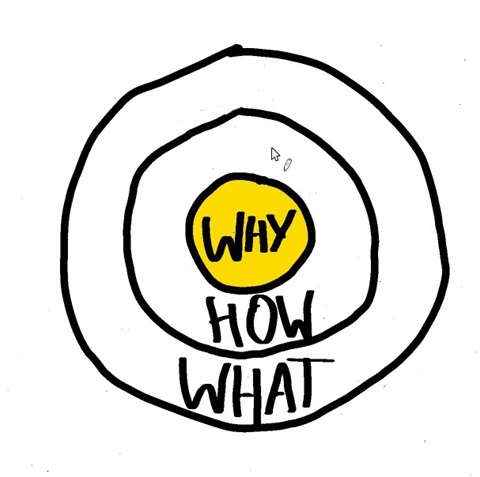A Short Summary of "Start With Why" by Simon Sinek
Why is Apple Inc. so innovative? With the same acesss to the same resources as Samsung, why does Apple dominate the comptetition year after year?Why was it the Wright Brothers that succeeded in creating controlled powered man flight when there were many other teams who were much more qualified and well-funded? Why is it that Martin Luther King Jr. led the Civil Rights movement? He was not the only man who suffered in a pre-civil rights America. And he certainly was not the only great orator of his time. What all of these examples have in common is that they all perform the exact same way. It all breaks down to 3 questions that all great leaders and organizations follow, Why, How and What. Every person/organization in the world knows WHAT they do. Some, know HOW they do it. But very few know WHY they do what they do. Very few organiztions are able to say WHY their company exists. All of these examples perform against the norm. All of these examples, Start with WHY. And that is the purpose of "Start With Why", to help people and organizations identify their WHY.
Target Audience and Tone
The target audience of "Start With Why" are people in leadership positions in companies or businesses. Specifically, people who want to discover why companies like Apple have such large followings despite the fact that what they produce may be equal in comparison to the products that Samsung puts out (for example). The language the Sinek uses is coherent to most readers with no business experience, however the entire thesis of the book is almost pointless to someone who does not work in a standard business model. This is why the book's target audience are people working in a business or company with co-workers, bosses etc. The tone of "Start With Why" comes off as very Instructive. For example, "There are only two ways to influence human behavior: you can manipulate it or you can inspire it"(p.17). The narrative voice that Sinek chose to write with is very instructive by saying "you" opposed to "it". Another example of this is when Sinek directly speaks to readers, "I offer you a challenge. From now on, start with Why"(p.7).
Quick Summary of "Start With Why" from Simon Sinek
TEDx Puget Sound speaker - Simon Sinek - Start with Why: How Great Leaders Inspire Action


